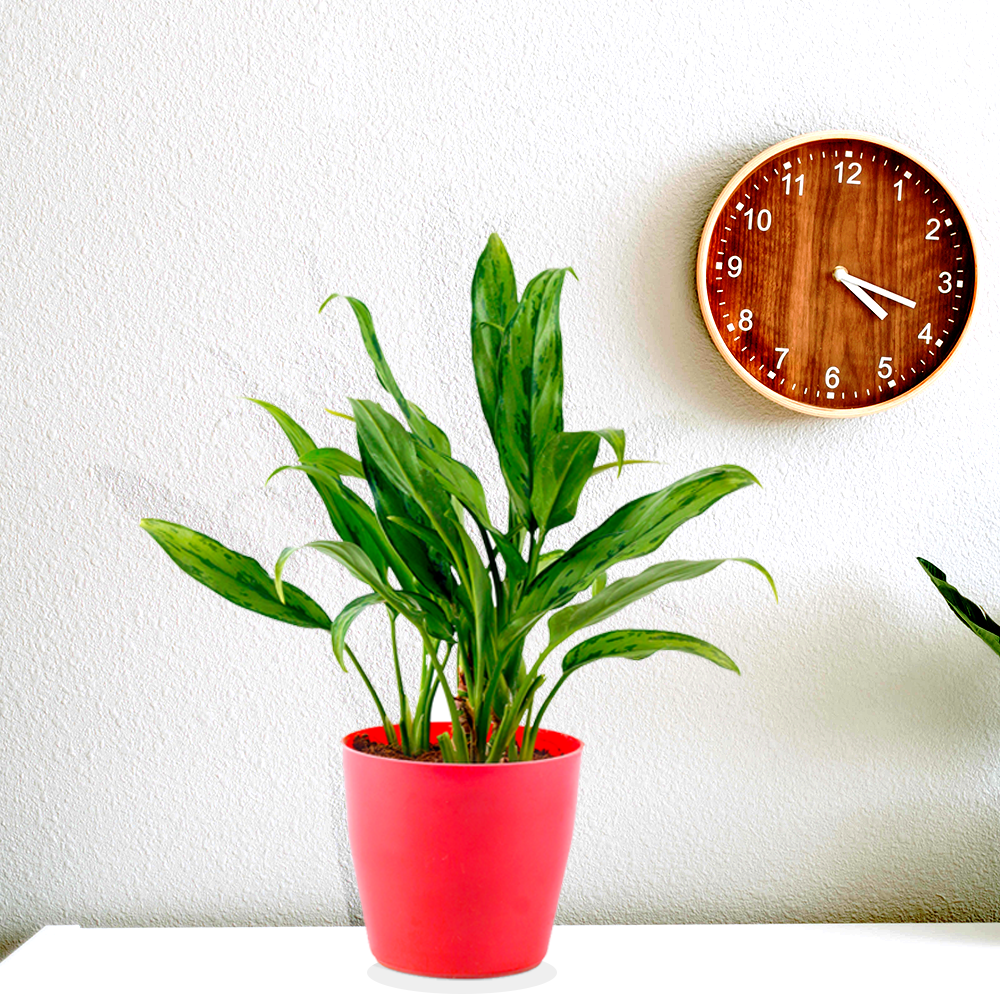

Aglaonema Green - Aglaonema Silver Queen
Aglaonema Green is a very popular indoor plant due to its beautiful ornamental leaves. It is a species of genus aglaonema categorized under Aracae plants family. It is one of the easiest houseplants to grow. It has spectacular bright foliage that looks attractive in any indoor surroundings. Lush and full of color, tropical aglaonema not only cleanses the air, but it looks stunningly beautiful in your garden or living space. Learn to care for aglaonemas in this guide.


Light
Like succulents, these heart-shaped hoyas require lots of light to grow and thrive indoors. Choose a location for your Hoya Kerrii that receives several hours of bright, indirect sunlight daily. A west- or south-facing window is ideal. If you lack natural light, adding a grow light to your setup may be a good idea. A full-spectrum LED grow light is an excellent choice for hoyas.


Watering
Allow the soil to dry thoroughly between waterings. Hoya kerrii can withstand long periods of drought thanks to their thick, water-storing leaves and are highly susceptible to overwatering and root rot. An easy way to tell if your plant is ready for water is to look at the leaves—if they are still plump, then it doesn’t need water, but if they are thinner and slightly wrinkled, it’s time for a good drink! You can also use a moisture meter to ensure the soil is completely dry before watering.


Soil &Fertilization
Hoya Kerrii require extremely airy, well-draining soil. Planting them in regular indoor potting soil without any amendments will lead to compacted roots and stunted growth. Instead, use a mixture of potting soil, perlite, orchid bark, and sand that your hoya kerrii will love.Hoya kerrii are not high feeders but can still benefit from regular fertilization during their active growing period. In spring and summer, apply a balanced liquid fertilizer once a month to encourage healthy growth.


Potting &Repotting
Hoya kerrii should only be repotted once every few years as they like being slightly root-bound. Simply remove the plant from its container, being careful not to break the roots in the process.Once you have removed the plant, gently remove as much old soil around the roots as possible. Again, breaking as few roots as possible is essential, so be careful here. Next, you will be moving the plant into its new container. Ensure you have chosen a container only 2 to 3 inches wider than the previous pot. Place your plant in the new pot and fill the excess space with an airy, well-draining potting mix. Water your freshly potted hoya kerrii and return it to its original location.
How to Get Hoya Kerrii to Bloom
A blooming hoya is a sure sign of a happy, healthy plant. These hoyas usually bloom once a year during spring or summer. Hoya kerrii typically doesn’t bloom until they are at least 2 to 3 years old, so it is normal if you haven’t noticed any blooms. However, you can do a few things to speed up the blooming process.
First, hoyas tend to bloom more readily when they are root-bound, so don’t give your hoya a too-big pot. Second, getting enough light each day is significant for flowering. Ensure that your hoya receives several hours of direct sunlight daily. Lastly, don’t overwater your hoya. They need a good break between watering and will not flower if the soil is too damp.




Plant Care Tips
- Cleaning Leaves: Your wax hearts’ big succulent leaves will be all the more attractive (and healthy!) if you give them a cleaning whenever you water your plant.Rather than using any specially formulated products for this task, a damp paper towel or rag will do the job just fine.Gently wipe the dust from your plant’s leaves, leaving them dry rather than wet.
- Curling Leaves:Curling leaves can result from several issues, including overwatering, underwatering, or temperature shock. Evaluate your plant’s growing situation closely to determine which one applies to you.
- No Growth:Hoya kerrii are very slow-growing hoyas. If it’s been a few years without significant growth, there may be something wrong with its growing conditions. First and foremost, ensure that your plant is receiving enough light. Hoya kerrii will not grow in low light conditions; even medium light likely won’t be enough. Second, check the roots of your hoya to ensure its root system is healthy.
- Scale and mealybugswill happily take up residence on the plant, if given the opportunity. A thorough wipe-down of leaves with a dish soap and water solution or insecticidal soap can be effective at stopping them, though repeated applications may be necessary.
Our Favourable Aspects
- Potting Mixture: It’s a mixture of appropriate amounts of soil, cocopeat & organic vermicompost. Provides best environment to the plant’s roots. It also contains slow-release Fertilizer which gives nutrients to the plants every time it is watered for 6 months.


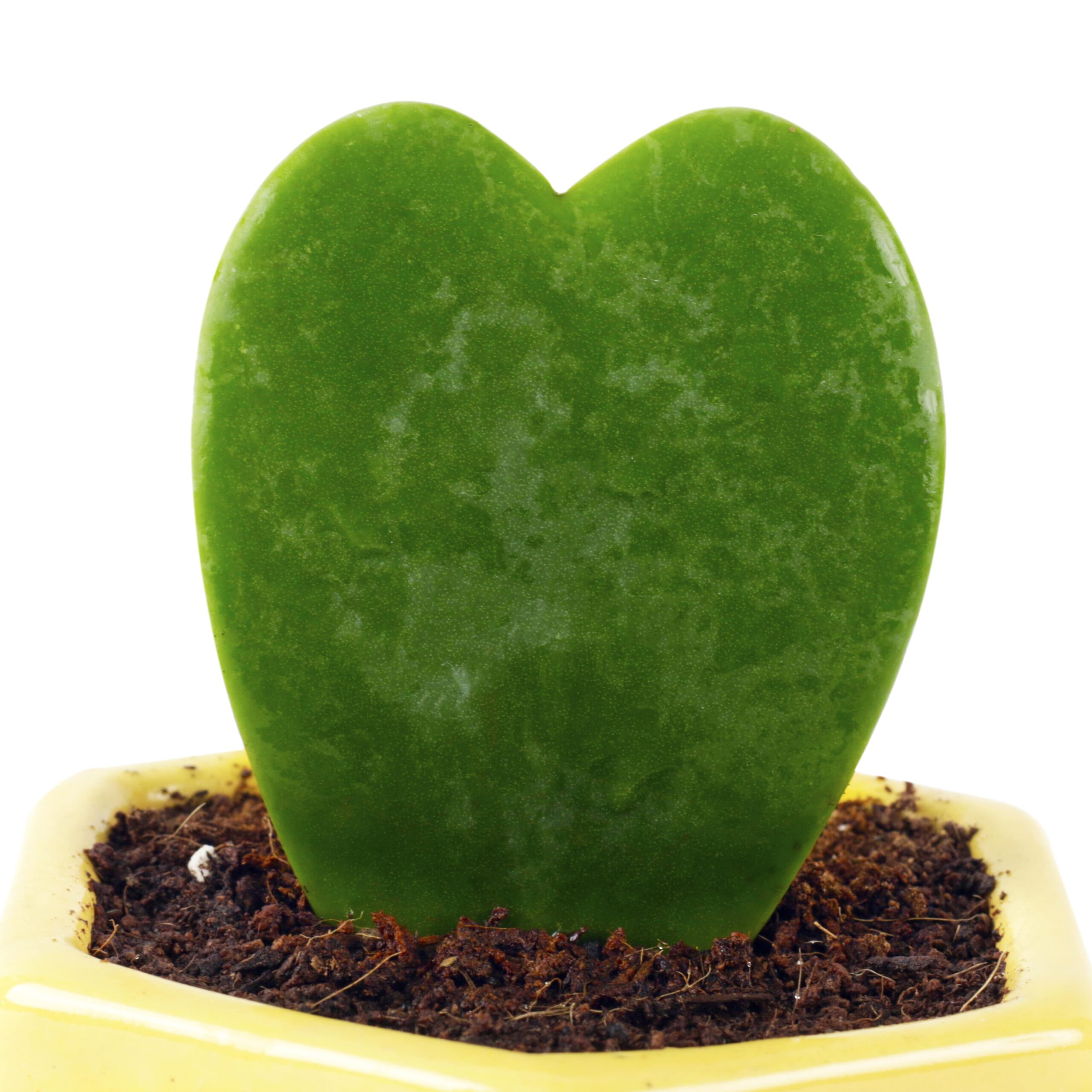


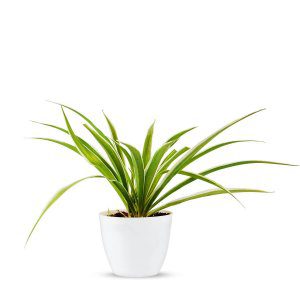
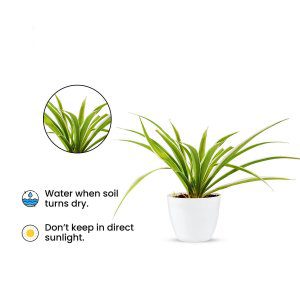
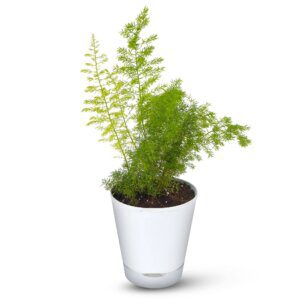

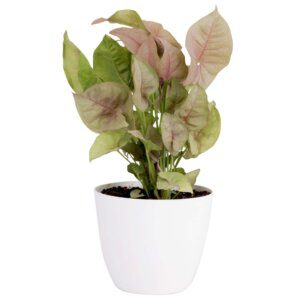

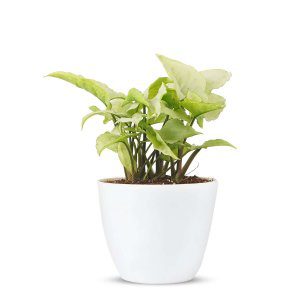
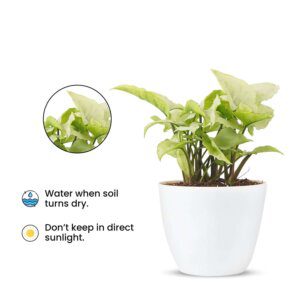
Reviews
There are no reviews yet.